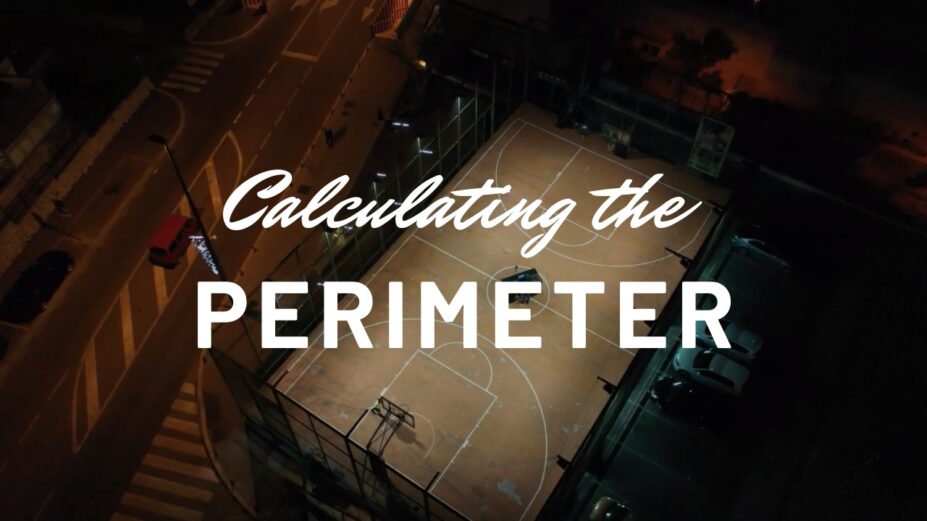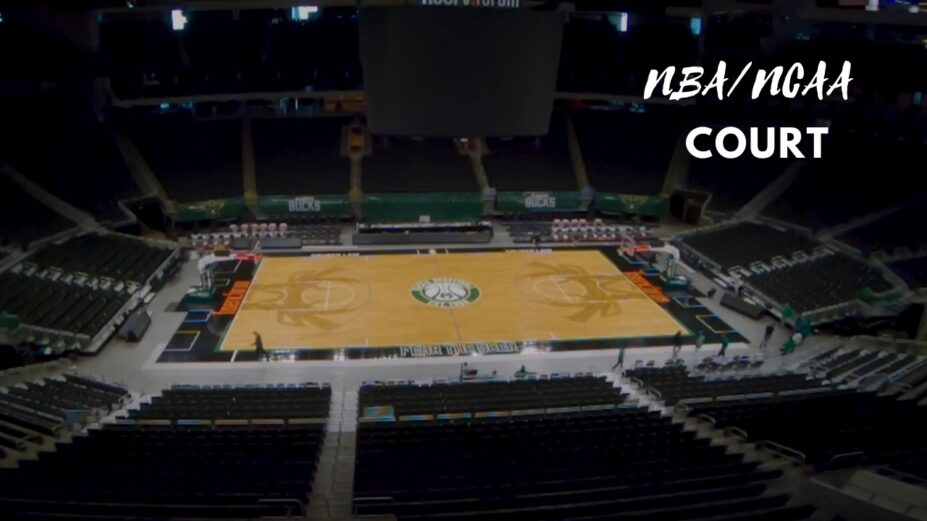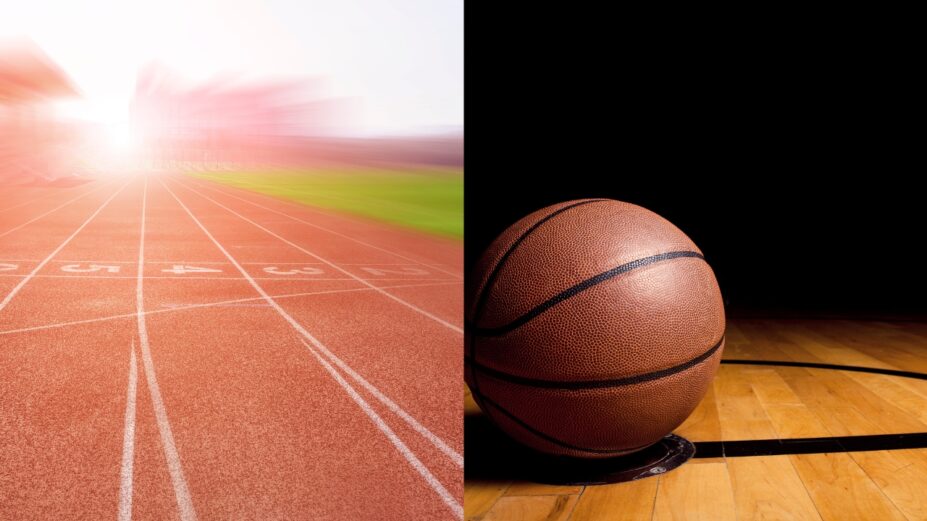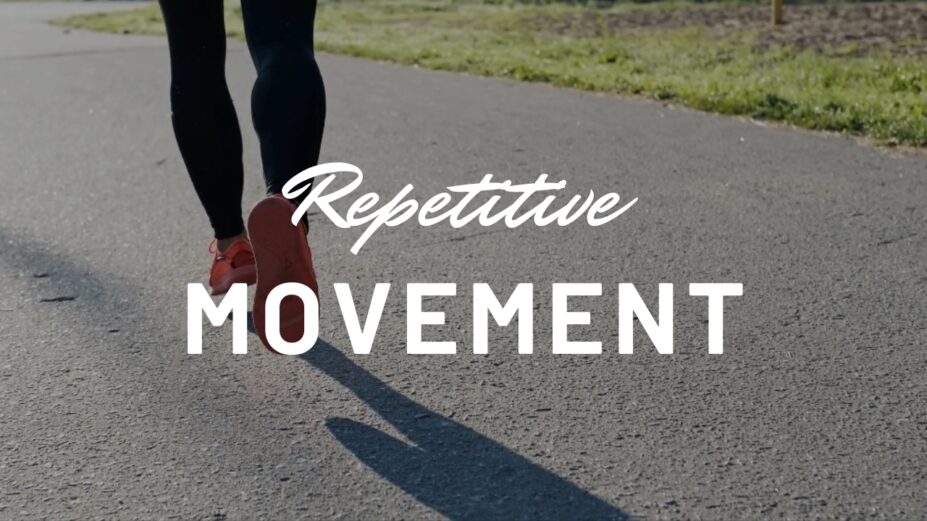In the world of sports, measurements are key. Distances, sizes, speeds, and timings underpin our understanding and appreciation of the games we love. In basketball, we typically focus on the dimensions of the court, the height of the hoop, and the size of the ball. But there’s another measurement that’s often overlooked: how many laps around a basketball court equals a mile?
This question might seem abstract, yet it’s of great interest to those who use the court not only for the game but also for fitness purposes. Knowing the distance can help you monitor your progress, plan your workouts, and achieve your fitness goals. Let’s delve deeper and solve this intriguing puzzle.
The Mile

Before we dive into the specifics, let’s understand our primary unit of measurement: the mile. A mile, primarily used in the United States and the United Kingdom, is equivalent to 1,609.34 meters or approximately 5,280 feet.
It’s a versatile unit often used to measure long distances, from city to city, or within large-scale athletic events such as marathons. However, when broken down to smaller settings like a basketball court, it allows us to better comprehend distances in our everyday environments.
Basketball Court Measurements
Basketball courts come in different sizes. The standard dimensions for a professional or college-level court, like those in the NBA or NCAA, are 94 feet long and 50 feet wide. High school courts are typically 84 feet long and 50 feet wide.
- NBA/NCAA: 94 feet by 50 feet
- High School: 84 feet by 50 feet
By using these measurements, we can further calculate the distance around the court, which is crucial to our mile conversion.
Calculating the Perimeter

The perimeter of a basketball court is simply the distance around it. For a rectangular court, the formula is straightforward: twice the sum of length and width. So, for a standard NBA/NCAA court, the perimeter would be 2*(94+50) = 288 feet.
Applying the same formula, a high school court would have a perimeter of 2*(84+50) = 268 feet. The perimeter is essential in our quest to determine the number of laps around a basketball court that makes a mile.
Laps to a Mile: NBA/NCAA Court

To find out how many laps around an NBA/NCAA court equal a mile, we divide the total number of feet in a mile (5280) by the perimeter of the court (288). The result is approximately 18.33 laps.
This means you would have to run more than 18 laps around an NBA/NCAA basketball court to cover a mile. The .33 is important, as it equates to about one-third of another lap — don’t short-change your workout by rounding down!
Laps to a Mile: High School Court

Using the same method for a high school court, we divide 5280 feet by the perimeter of 268 feet. The result is roughly 19.7 laps.
So, if you’re on a high school basketball court, you’d need to run nearly 20 laps to make a mile. Again, don’t forget the .7, which is just under three-quarters of another lap!
Other Court Sizes
It’s important to note that not all basketball courts conform to the standard NBA/NCAA or high school dimensions. Smaller, informal courts may be found in parks, gyms, or backyards.
Their dimensions can vary greatly, so if you’re using such a court and want to know how many laps equal a mile, you’ll need to measure the length and width, calculate the perimeter, and follow the steps outlined above.
Track vs. Court: A Comparison

To put things into perspective, consider that a standard outdoor track is 400 meters long, or about 1,312 feet. That’s over four times the length of an NBA/NCAA court!
This means that four laps around a track are approximately one mile, compared to the 18-20 laps you need to run on a basketball court to achieve the same distance. Quite the contrast, isn’t it?
Basketball and Fitness
The application of this information extends beyond mere trivia. For basketball players, coaches, and fitness enthusiasts, understanding these measurements can be used to enhance training and performance.
Interval training, for example, can be tailored using these distances. Fitness workouts can also be designed around the unique dimensions of the basketball court, incorporating laps into drills for added cardiovascular benefits.
The Impact of Repetitive Movement

While running laps around a basketball court can be a great form of exercise, it’s important to consider the impact of repetitive movement on your body. Basketball courts are typically hard surfaces, which can increase the risk of stress injuries over time.
It’s a good idea to mix up your workouts, alternating between different types of activities and surfaces. You can incorporate strength training, swimming, or cycling to balance the impact on your joints and muscles.
Converting to Other Measurements
If you’re more comfortable with kilometers instead of miles, or if you’re training for a 5k or 10k run, you may want to convert these figures. Remember, one mile is approximately 1.609 kilometers.
So, when you know how many laps around a basketball court equals a mile, you can easily convert this to your preferred metric.
Beyond the Court: Indoor and Outdoor Running

The type of court you’re running on can significantly impact your workout. Indoor courts often provide a more controlled environment, free from the elements, but may be harder on the joints due to the typical hardwood surface.
Outdoor courts, while subject to weather conditions, usually offer a bit more ‘give’ underfoot, especially those made of asphalt. Both have their pros and cons, so consider these factors when deciding where to do your laps.
The Takeaway
Running laps around a basketball court may not be as straightforward as hitting the track, but it does offer an effective, adaptable, and readily available means of achieving your fitness goals.
Whether you’re a basketball player looking to boost your endurance, a coach designing training programs, or just someone seeking a unique way to stay fit, this conversion can provide a valuable framework for your routine.
Final Words
In our exploration, we’ve discovered that approximately 18.33 laps around an NBA/NCAA court, or about 19.7 laps around a high school court, equals a mile. However, the precise number can vary based on the size of the specific court in question.
Understanding these measurements, we can use our environment – even a basketball court – as an unconventional yet effective workout tool. After all, fitness, like basketball, is all about adaptability, creativity, and, most importantly, fun!

